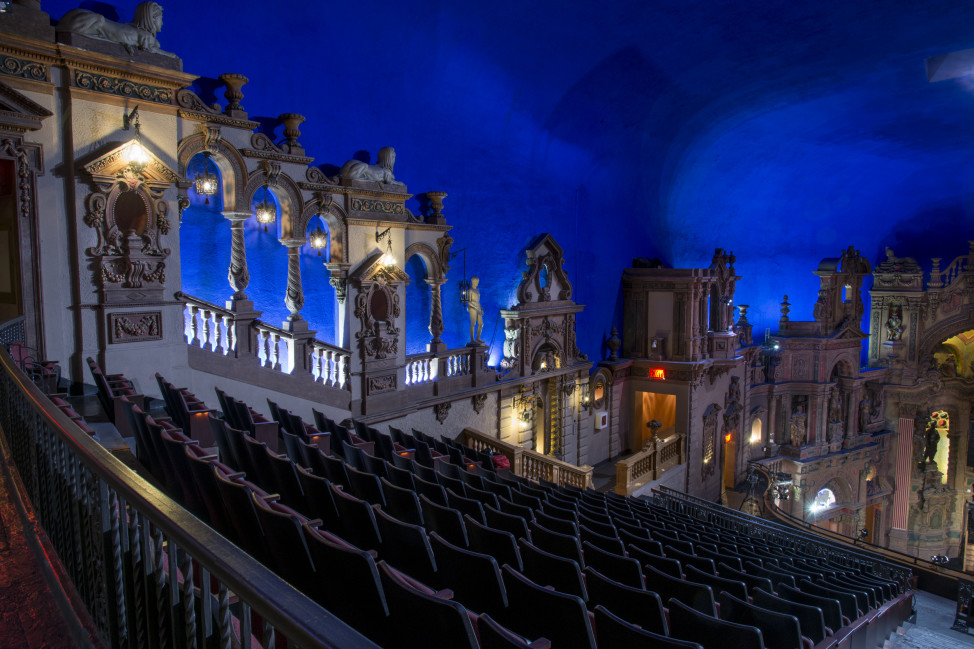
Loews Theater in the Bronx, currently a church. (© Larry Lederman. Courtesy of The Monacelli Press)
Most people might think of buildings like the Empire State Building when they think of cherished landmarks, but interiors of structures — the spaces where we live, work and go for entertainment — can also be treasures worth saving for future generations.
“Even though building exteriors are the most obvious things that we look at, interiors are really where we live,” said design historian Judith Gura of the New York School of Interior Design.”They’re where we spend most of our time, they’re where we’re entertained, where we have our political situations, where we study. They are really recording our history so that, more than exteriors, they show the changes, they show social practice.”
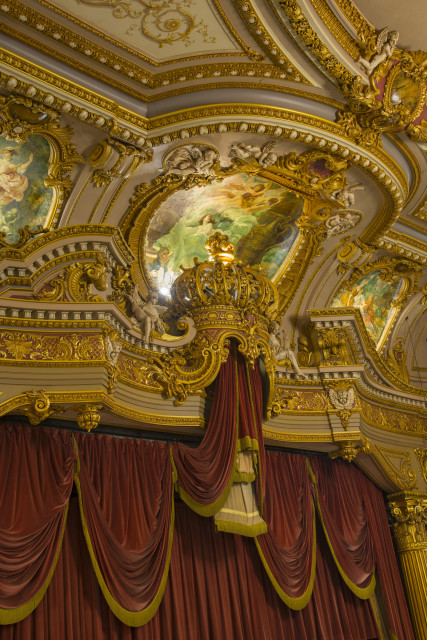
The Mark Hellinger Theater (© Larry Lederman. Courtesy of The Monacelli Press)
Gura and Kate Wood of Columbia University, wanted to remind people of that.
First, with a photo exhibit, Rescued, Restored, Reimagined: New York’s Landmark Interiors, and then with the book, Interior Landmarks: Treasures of New York, which features photos of 47 of these preserved spaces.
“There are very few designated interiors in New York City, so that automatically makes them rare and precious,” said Wood, who also leads the preservation group, LANDMARK WEST. “That’s really the most important first step, recognition of this valuable historic resource that we have, which we might take for granted.”
New York has been designating landmarks — like the Brooklyn Bridge and the New York City Public Library building — since 1965.
The book is being released to coincide with the 50th anniversary of the Landmarks Law. The demolition of New York’s Pennsylvania Station in 1963, which The New York Times called a “monumental act of vandalism”, triggered the adoption of that legislation.
However, interiors have only been preserved since 1973. The city’s Landmarks Preservation Commission has designated 117 public interiors as landmarks.
In order to be preserved, interiors must be at least 30 years old and have special historical or aesthetic value to the city. These spaces must also be open or accessible to the public, which explains why a number of libraries, museums and theaters are on the list.
For example, the rather plain building on Ellis Island where America’s immigrants were received from 1892 until 1924 is probably of greater historic significance than anything else. The Registry building’s interior — which was restored in the 1980s — has been designated for preservation.
The interior elements of a designated structure that must be preserved include fixtures and anything that’s fastened to the walls, including built-in furniture.
Many of the interiors designated as landmarks feature examples of lost artistry.
“Many of them you look at the elaborate ornament. People don’t do this kind of thing anymore,” said Gura. “Part of the reason is that it’s too expensive and the other part of the reason is that we don’t necessarily have workers who are trained to do the intricate mosaic work or very elaborate plaster work and painting.”
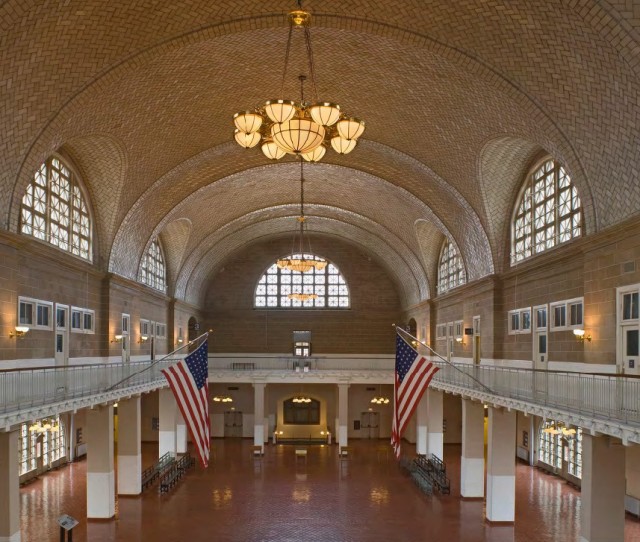
Ellis Island Registry Building from “Interior Landmarks: Treasures of New York” (Courtesy The Monacelli Press)
A particular challenge of saving interiors is to preserve the integrity of the original design, while still rendering the space usable for today’s generation.
Anything built before 1985 is eligible to be preserved, but Gura and Wood express concern that more modern spaces are being overlooked.
“We’ve got two decades of interiors that haven’t been preserved yet,” said Wood, “and I think that tells us something about our city as well, about our culture, that we value things that we can understand in context with history but we don’t necessarily appreciate the qualities of the recent past yet.”
Both worry that these important modern interiors could be forever lost if people don’t begin to rethink their views of what constitutes a landmark and come to the realization that spaces don’t necessarily have to be old to be worth saving.
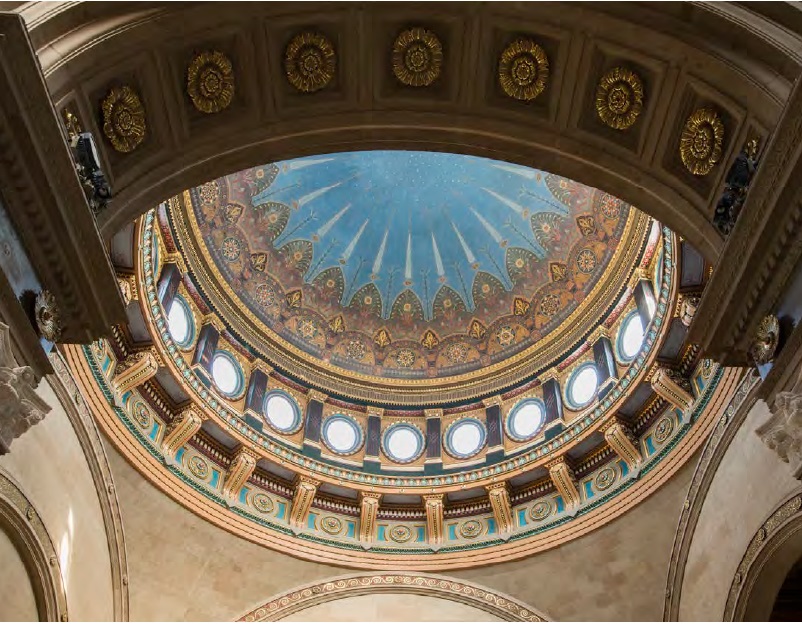
Williamsburgh Savings Bank from “Interior Landmarks: Treasures of New York” (© Larry Lederman. Courtesy of The Monacelli Press)
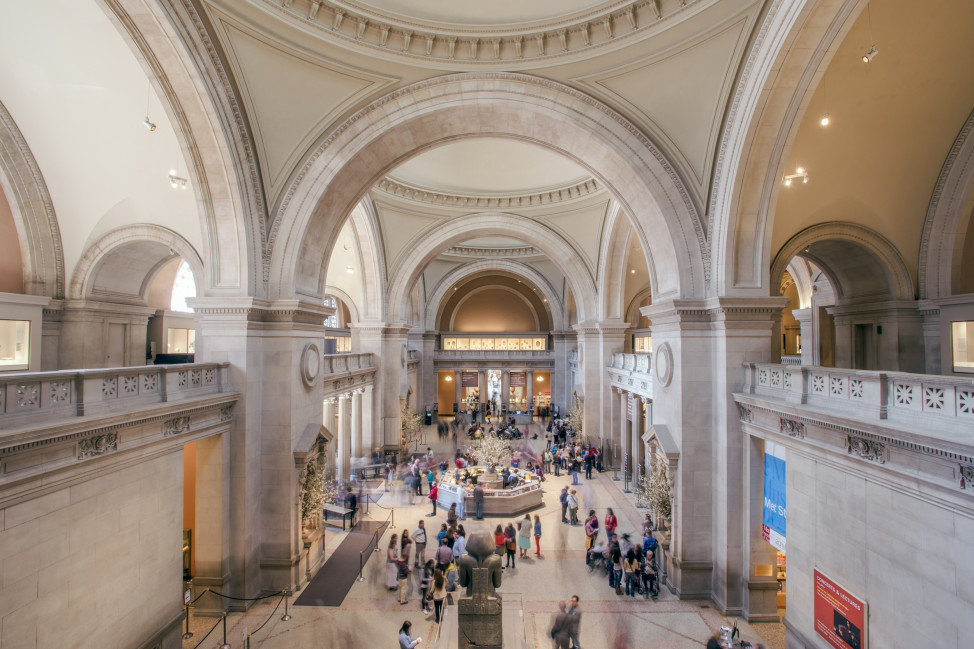
The Metropolitan Museum of Art (© Larry Lederman. Courtesy of The Monacelli Press)
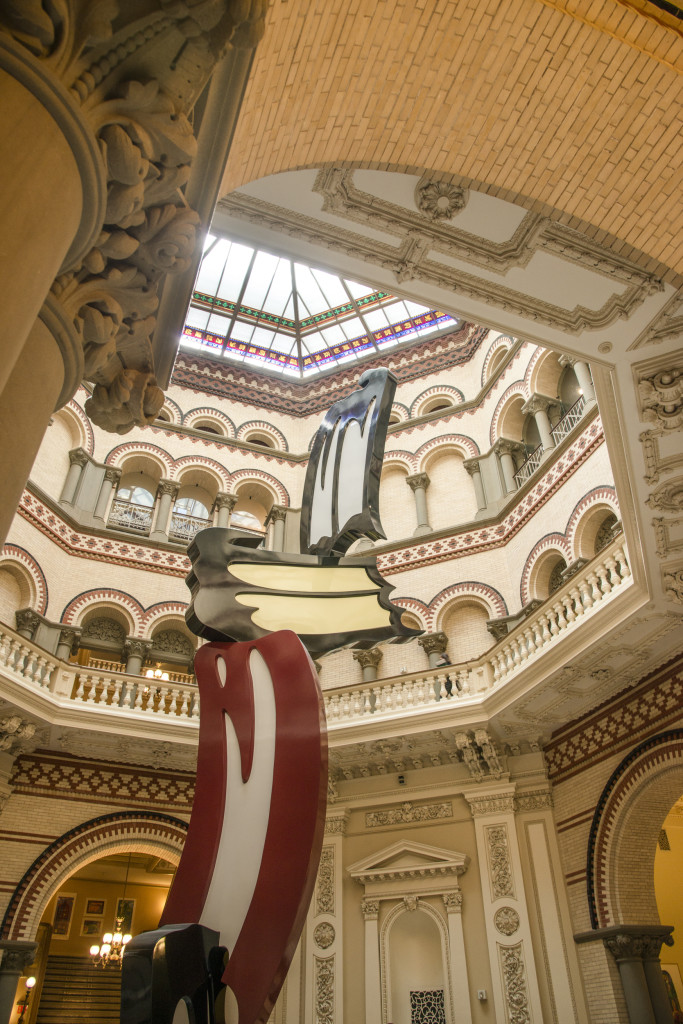
Tweed Courthouse (© Larry Lederman. Courtesy of The Monacelli Press)
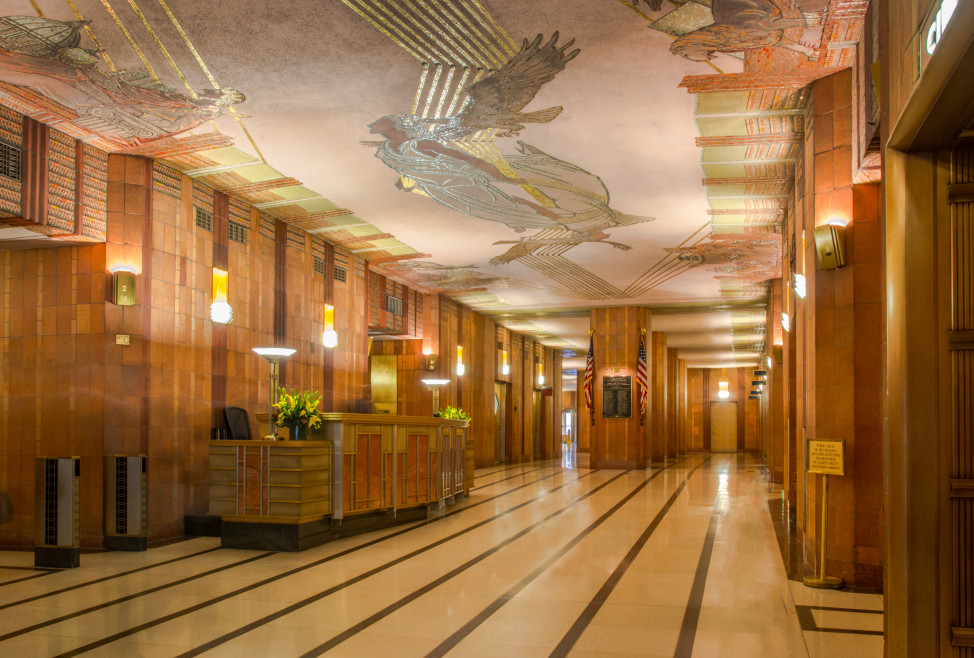
A&T Long Distance Building (© Larry Lederman. Courtesy of The Monacelli Press)
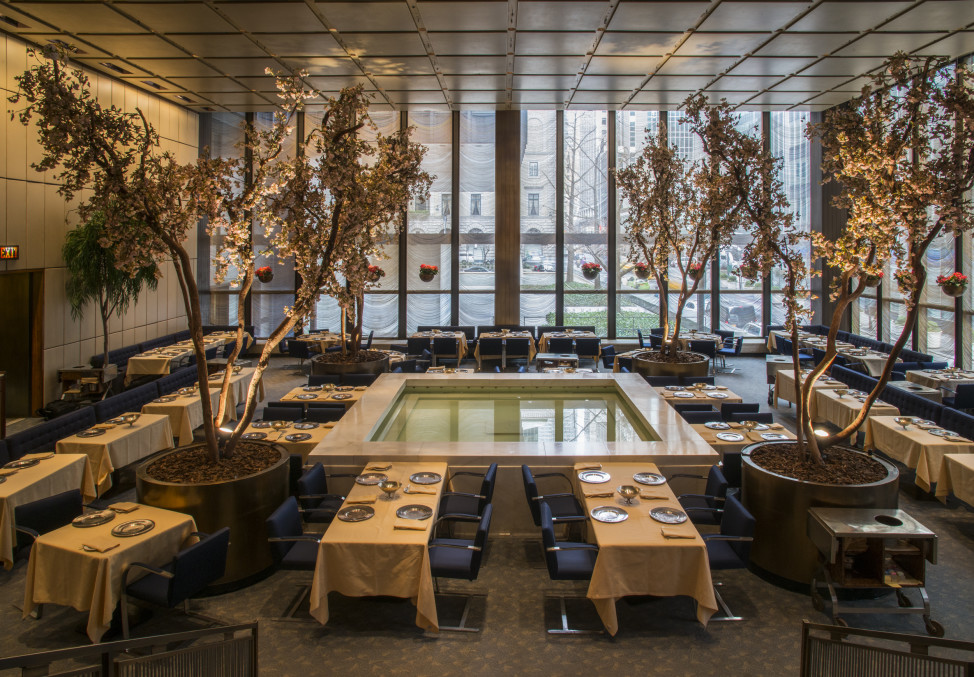
Four Seasons Restaurant (© Larry Lederman. Courtesy of The Monacelli Press)
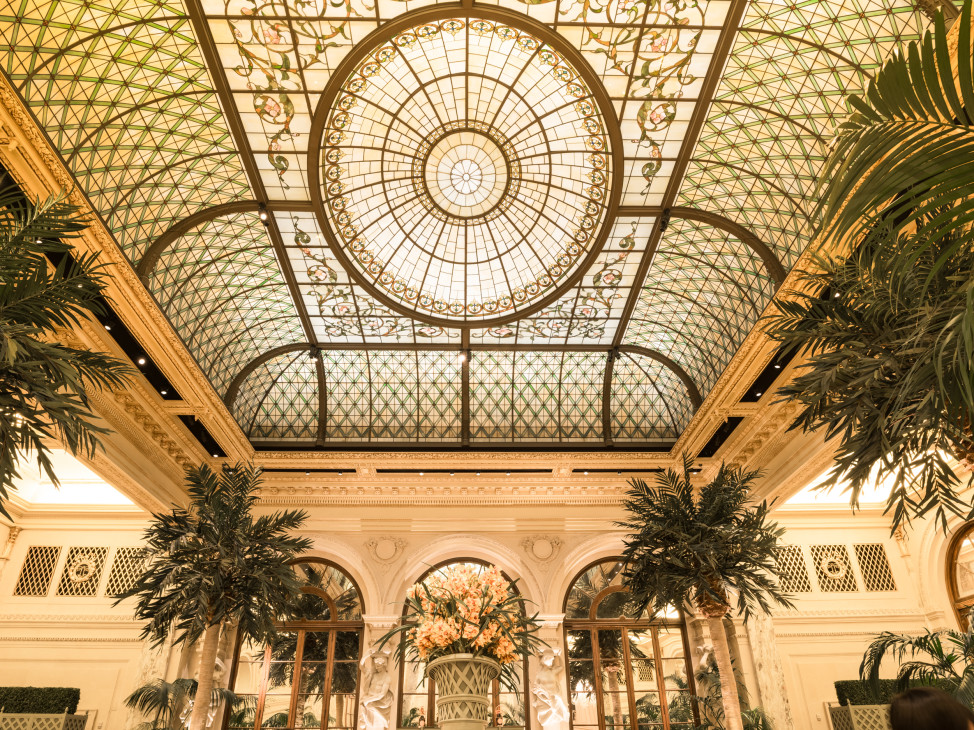
The Plaza Hotel (© Larry Lederman. Courtesy of The Monacelli Press)
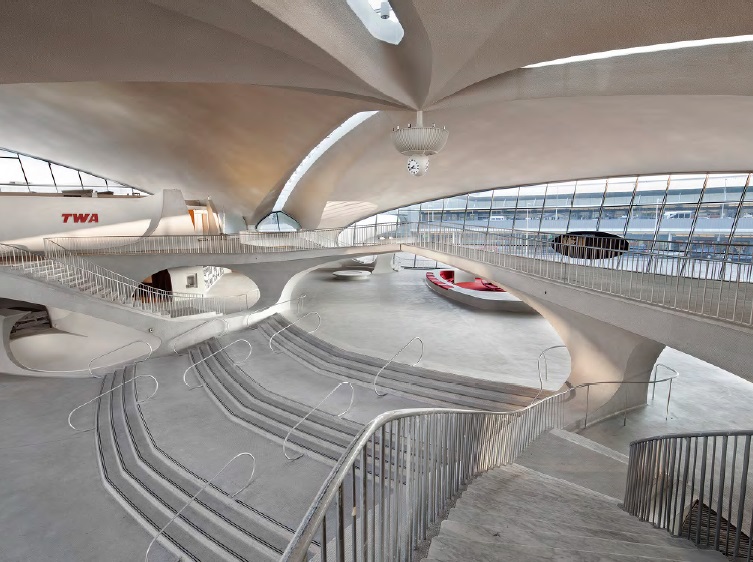
Trans World Airlines Flight Center from “Interior Landmarks: Treasures of New York”. (Photo: The Port Authority of New York & New Jersey. Courtesy The Monacelli Press)

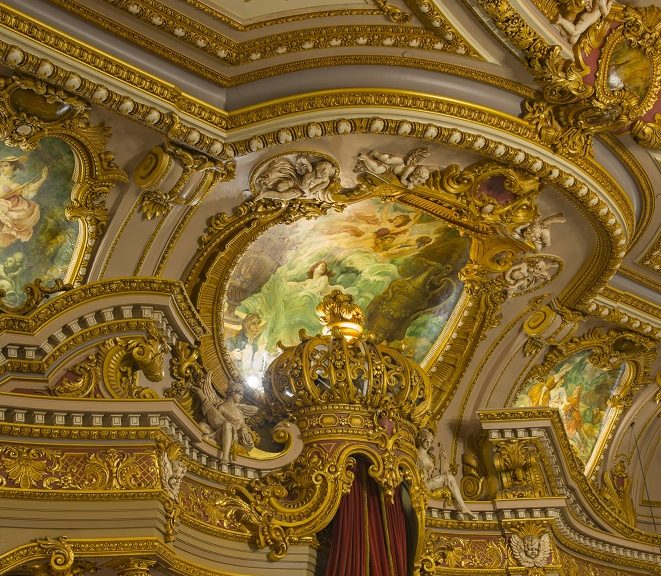
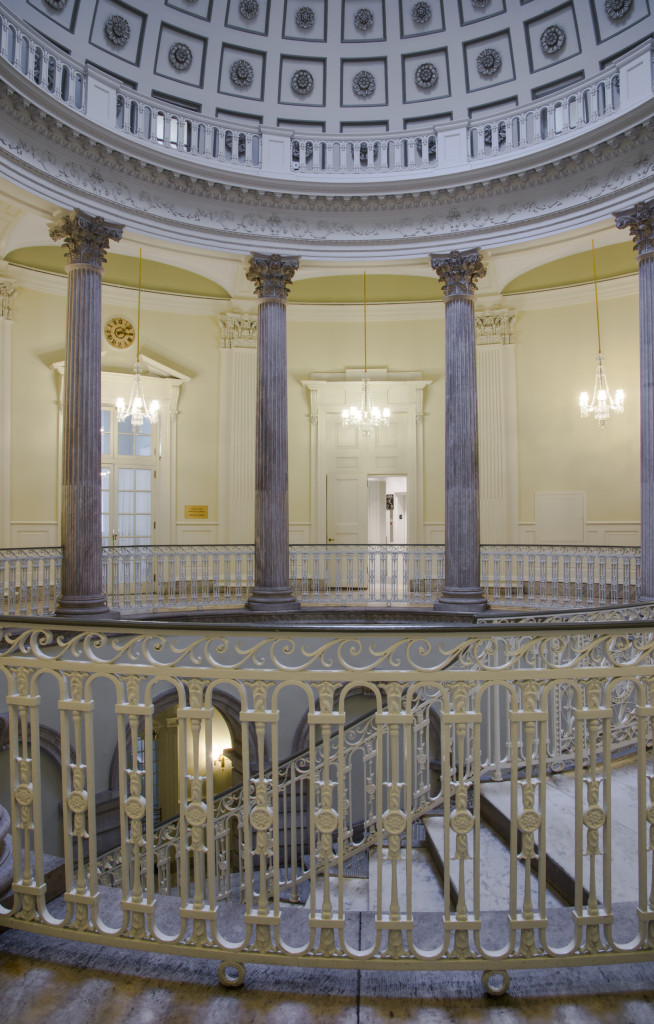






















Although you showed (too few) beautiful interiors, I found it odd that you didn’t feature any church interiors except for an old theater which has been converted into a church. Certainly there would be some extraordinary examples — St. Patrick’s comes to mind, for example. These buildings, built very often by poor immigrants, often contain art treasures brought over from Europe, and even for this reason alone it would make a visit worthwhile. If you go to any art museum, almost all European art after the Greco-Roman period, has religious themes until the 1300’s. People have been putting their best efforts into these kinds of labors even till your own times (e.g. the new cathedral in Barcelona).
As a native New Yorker who lived much of my life there and still visits occasionally there are a very large number of such spaces that are truly stunning. I’ve seen so many of them. However, there is far more that needs to be torn down and replaced. For example, come out of the Lincoln Tunnel and you will see the same decrepit old buildings that were there 50 years ago when I was a child and probably 50 years earlier when my grandparents were newcomers to America. This is the most valuable real estate on earth and to many the Capitol city of the entire world. Yet it is so shabby and run down in so many places you’d hardly know it.
One reason is rent control. Put into effect in the 1940s there are still 19th century 6 story tenement buildings renting apartments for a few hundred dollars a month and old brownstones that have seen far better days. Because of the lack of an adequate tax base and incredible waste and corruption New York City’s infrastructure has deteriorated to disastrous levels. Some of the water mains are over 100 years old and it isn’t unusual for them to burst in the winter closing off streets. Getting cross town especially going between Brooklyn or Queens to New Jersey can take forever in traffic. You wind up waiting for several traffic light cycles to get from one avenue block to the next. I sometimes wonder how long it will be before the whole place just falls apart.
yes, we known new york it,s a destination place/town for peoples ,ethnics all the world to change their life, so many cultures decorated this town..